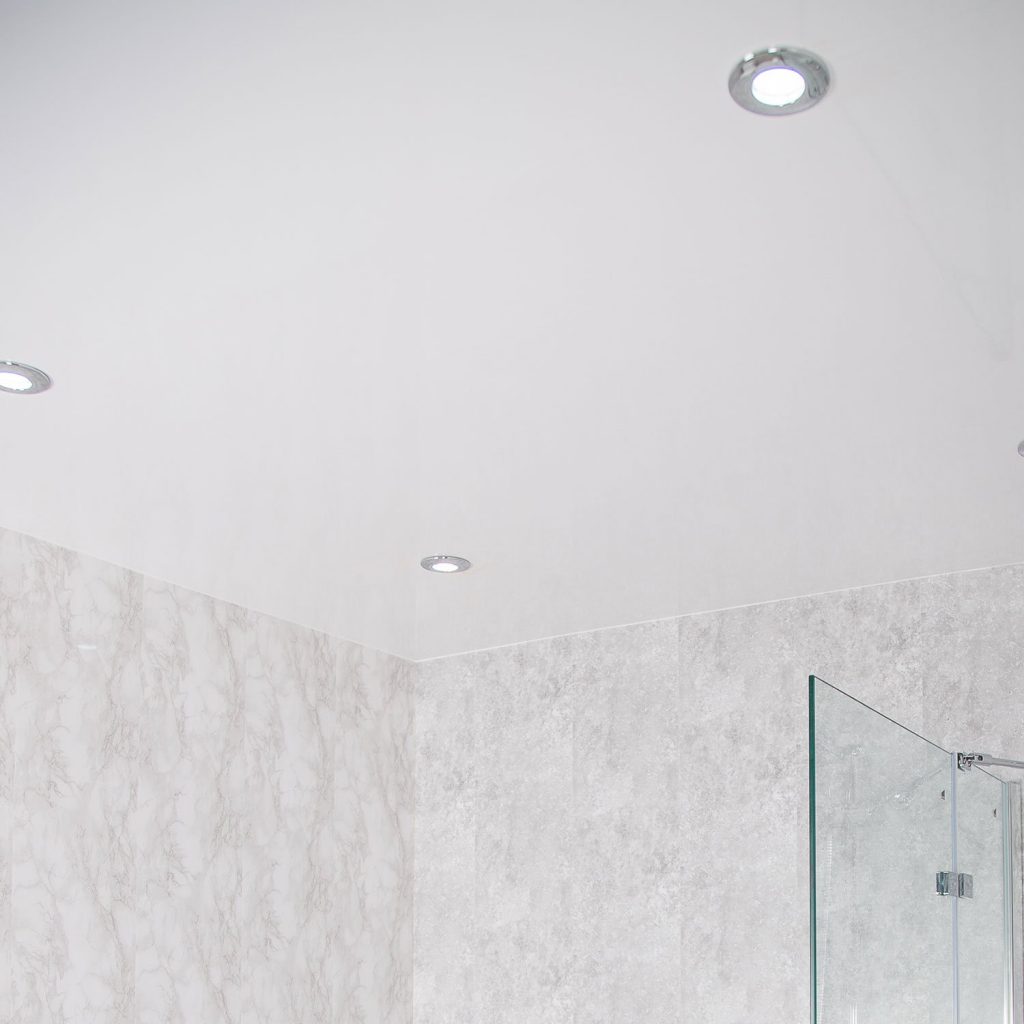Attaching PVC (Polyvinyl Chloride) to wood can be a challenging task, especially when you want a secure and long-lasting bond. Whether you're working on a DIY project or a professional construction job, understanding the proper techniques and materials is crucial. In this comprehensive guide, we will explore innovative methods to attach PVC to wood, ensuring a strong and durable connection.
- Preparing the PVC and Wood Surfaces:
Before attaching PVC to wood, it's essential to prepare both surfaces properly. Start by cleaning the PVC and wood to remove any dirt, dust, or grease. Use a mild detergent and water solution, followed by rinsing and drying thoroughly. Next, sand the wood surface lightly to create a rough texture, which will enhance the adhesion. - Using Adhesive:
One of the most effective ways to attach PVC to wood is by using adhesive. However, not all adhesives are suitable for this purpose. Look for a high-quality adhesive specifically designed for bonding PVC and wood. Apply the adhesive evenly on both surfaces, ensuring complete coverage. Press the PVC and wood together firmly, following the manufacturer's instructions for curing time. - Mechanical Fastening:
In some cases, relying solely on adhesive may not provide the desired strength. To reinforce the bond, consider using mechanical fasteners such as screws or nails. Pre-drill holes in the PVC and wood to prevent splitting, and then insert the fasteners. This method ensures a secure attachment and is particularly useful for load-bearing applications. - Heat Welding:
For a more advanced and permanent attachment, heat welding can be employed. This technique involves using a heat gun or welding equipment to melt the PVC and fuse it with the wood. It requires precision and expertise, so it's recommended for experienced individuals or professionals. Heat welding creates a seamless connection, making it ideal for applications that require maximum strength and durability. - Combination of Adhesive and Fasteners:
To achieve the ultimate bond between PVC and wood, combining adhesive and mechanical fasteners can be a winning approach. Apply adhesive as mentioned earlier, and then reinforce the connection with screws or nails. This method provides both the initial strength of the adhesive and the long-term stability of mechanical fasteners.
Conclusion:
Attaching PVC to wood requires careful preparation, the right materials, and proper techniques. By following the methods outlined in this guide, you can ensure a strong and durable bond between these two materials. Whether you choose adhesive, mechanical fastening, heat welding, or a combination of methods, always prioritize safety and accuracy. Remember to select high-quality products and follow the manufacturer's instructions for the best results. With these innovative approaches, you can confidently tackle any PVC-to-wood attachment project.


More Stories
Key Technical Features and Performance Indicators of a Gypsum Mortar Production Equipment Weighing System
Building Facilities Construction
5 Creative Uses for Single Wire Hooks in Everyday Life